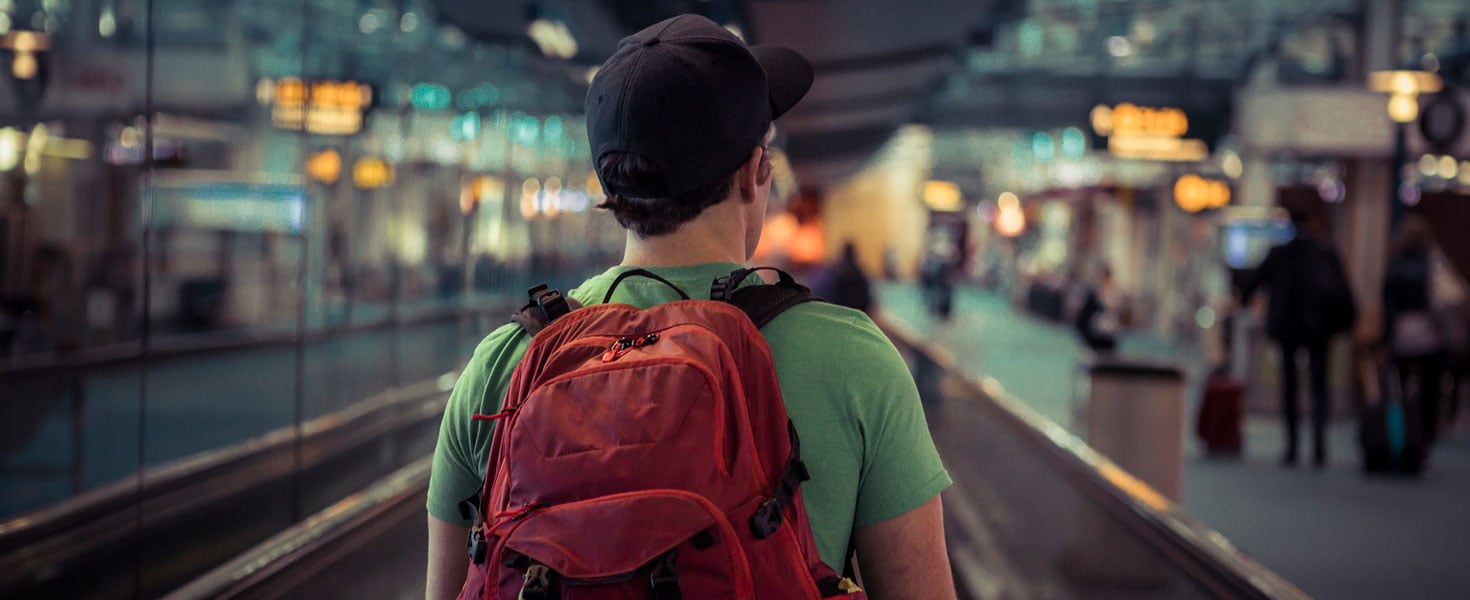
Arrive at the airport two hours before a domestic flight and three hours before an international trip. You've heard this before, and you'll find that language on airlines' websites, but is it true? The departure airport and time of day affect the needed transit time. Still, many programs exist to speed passengers along. These days, two people could be traveling on the same flight and get from curb to gate at drastically different times. So how early should you arrive?
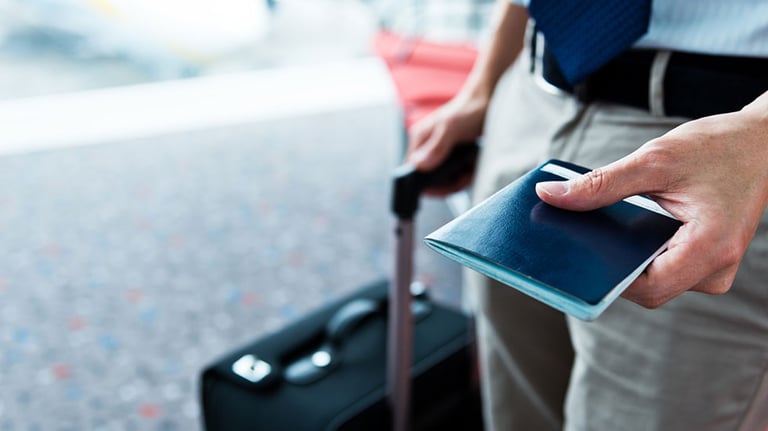
Two real rules
Every time frame for arriving at the airport is just a suggestion, except for two. First is the check-in time. While most people do that at home the day before, know that you have to check-in 30 minutes before domestic travel and 60 minutes before international travel.
The second rule pertains to checking bags. Airlines require this to be done early enough so your bag can be screened and loaded onto the plane. If you're checking bags, and are flying domestically, do so 45 minutes before departure. For international trips, hand your bag over an hour in advance. Even more time is required at specific airports, so check your airline's website before traveling since policies may vary.
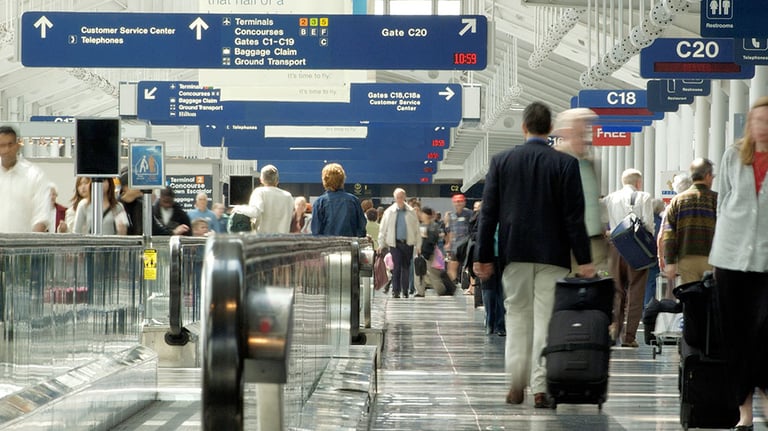
Domestic travel
Allow More Time
If the queues in the ticketing hall are long, checking a bag could take an entire hour. When deciding how much time you need, remember airport staffing may not be back to pre-pandemic levels. Also, note the time your flight is leaving. If flying when many flights are scheduled to depart, expect a crowd and plan accordingly. Allow more time if flying out of an airport where people are likely to have golf clubs or skis as this means more people in line checking bags.
Security is a big congestion point. The airport you're flying from greatly impacts the time required. Larger airports and airports that see larger planes mean more people and more congestion. The MyTSA app shows average checkpoint wait times and is an excellent tool to help you decide how long security will take. Larger airports also mean your gate may be a farther walk away or that you must take a train to reach your gate.
To reach your gate on a busy day, you may require every bit of two hours or need more time. You really must know the local airport to decide how early to arrive. When returning home, ask hotel staff for their opinion.
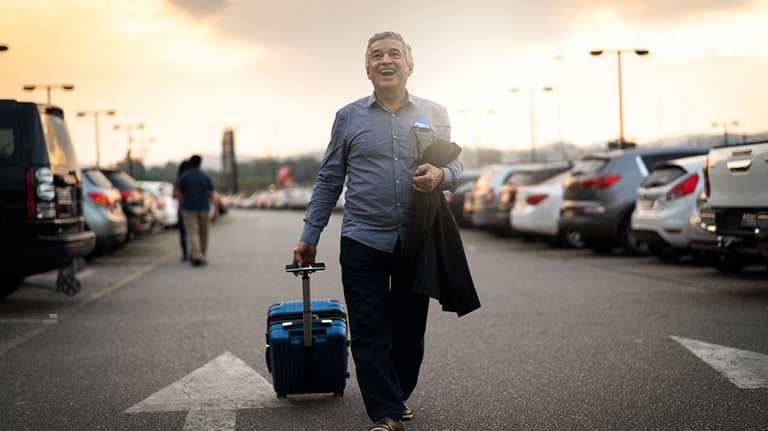
Save Time
When checking a bag, you might not need extra time if you have priority access. Additionally, the presence of a do-it-yourself bag drop or curbside bag check option shortens the required time.
As for security, there are several ways to speed through the checkpoints. Priority access helps you reach the ID check faster. A Clear membership ($179 annually) will speed things up even more. With Clear, you verify your identity at a kiosk. An employee then leads you past the traditional ID check line.
TSA PreCheck will reduce the bag screening process time. You'll pass through just a metal detector and don't have to separately screen shoes, laptops, belts, liquids, or jackets.
Clear plus TSA PreCheck is your fastest way through security. Depending on your departure airport, you might only need to arrive 45 minutes before departure. You can get TSA PreCheck for $85 for five years or included with Global Entry ($100 for five years), which has international travel benefits. Whether through airline status or credit cards, there are countless ways to get discounts and even pay nothing for these benefits.
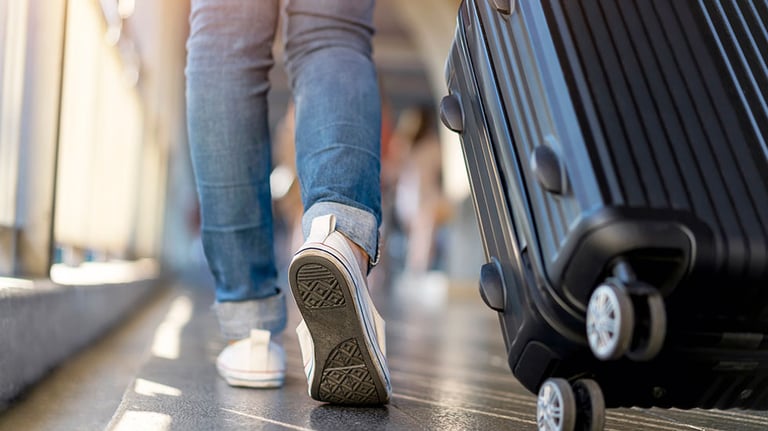
International travel
Leaving the USA
In the weeks leading up to your trip, frequently check for updates to the entry requirements for any country on your itinerary. Then, when heading to the airport, grab your passport, vaccine card (if you have one), and any negative COVID-19 test result paperwork you have.
To prepare for travel, the legacy airlines—United, Delta, and American—created interactive directories on their websites listing out the COVID-19 requirements of foreign countries and ways to fulfill them.
Returning to America
In this scenario, you'll need the most time. The process is different depending on where you’re coming from. You’ll have to have your passport checked, likely several times. In select countries, you might pass through U.S. Customs, in addition to security, before departure. If you're not flying through one of these 16 pre-clearance cities, you'll clear customs upon landing stateside.
As in the U.S., plan to encounter airports operating with reduced staffing. Also, leave extra time to fulfill COVID-19 requirements before boarding. Per the United States Department of State, all persons returning to the States are required to show written proof of "a negative COVID-19 test, taken within three calendar days of departure or proof of recovery from the virus within the last 90 days."
